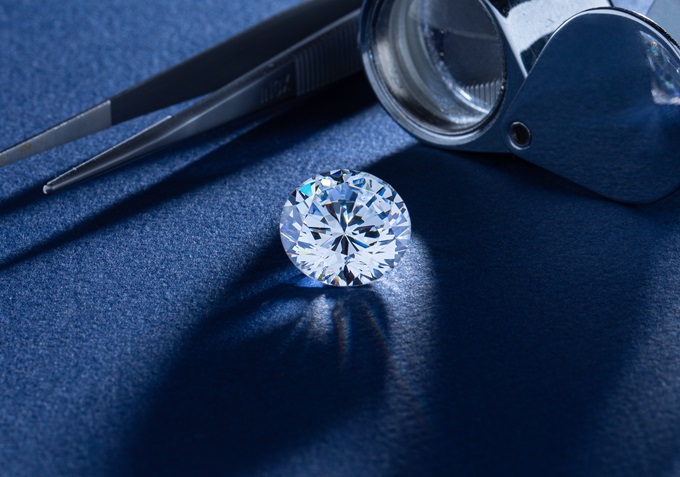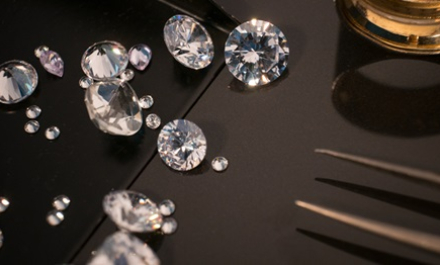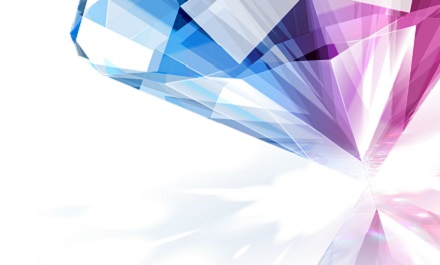The Gemmological Institute of America (GIA) will no longer use terminology specifically developed for natural diamonds to describe lab-grown diamonds, signalling a clearer demarcation between the two products.
GIA said colour and clarity nomenclature for natural diamonds will no longer apply to lab-grown diamonds later this year, adding that new descriptive terms to characterise the quality of manufactured gems will instead be adopted.
“Similar to other man-made gem materials, we anticipate the continued acceptance and popularity of lab-grown diamonds,” said Tom Moses, GIA executive vice president and chief laboratory and research officer.
Moses noted that more than 95 per cent of lab-grown diamonds entering the market fall under a very narrow colour and clarity range. As such, it is no longer relevant for GIA to describe man-made diamonds “using the nomenclature created for the continuum of colour and clarity of natural diamonds.”
The revised GIA description system for lab-grown diamonds will confirm that the submitted item is lab-grown and whether it falls under one of two categories – “premium” or “standard.”
These categories will be defined by a combination of metrics related to colour, clarity and finish. A lab-grown diamond that fails to achieve the minimum standard for quality will not receive a GIA designation.
“Until the revised descriptive system for lab-grown diamonds is finalised, the current GIA services for lab-grown diamonds will continue to be available,” the institute said. "Existing GIA reports for lab-grown diamonds remain valid."
GIA developed its widely used colour and clarity scales for natural diamonds in the 1940s to clearly communicate their characteristics and reduce consumer confusion.
Changing how GIA describes the quality of lab-grown diamonds will help consumers understand significant differences in the two products' origin, ensuring their confidence and enabling them to make informed and educated buying decisions, added GIA.










